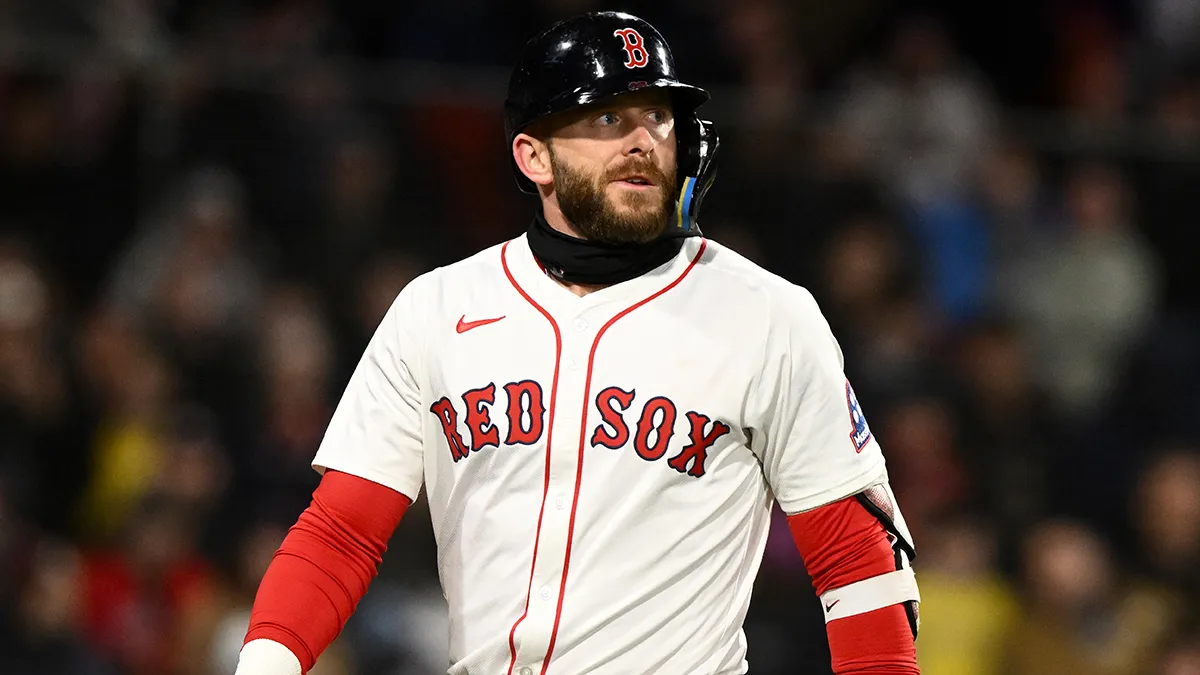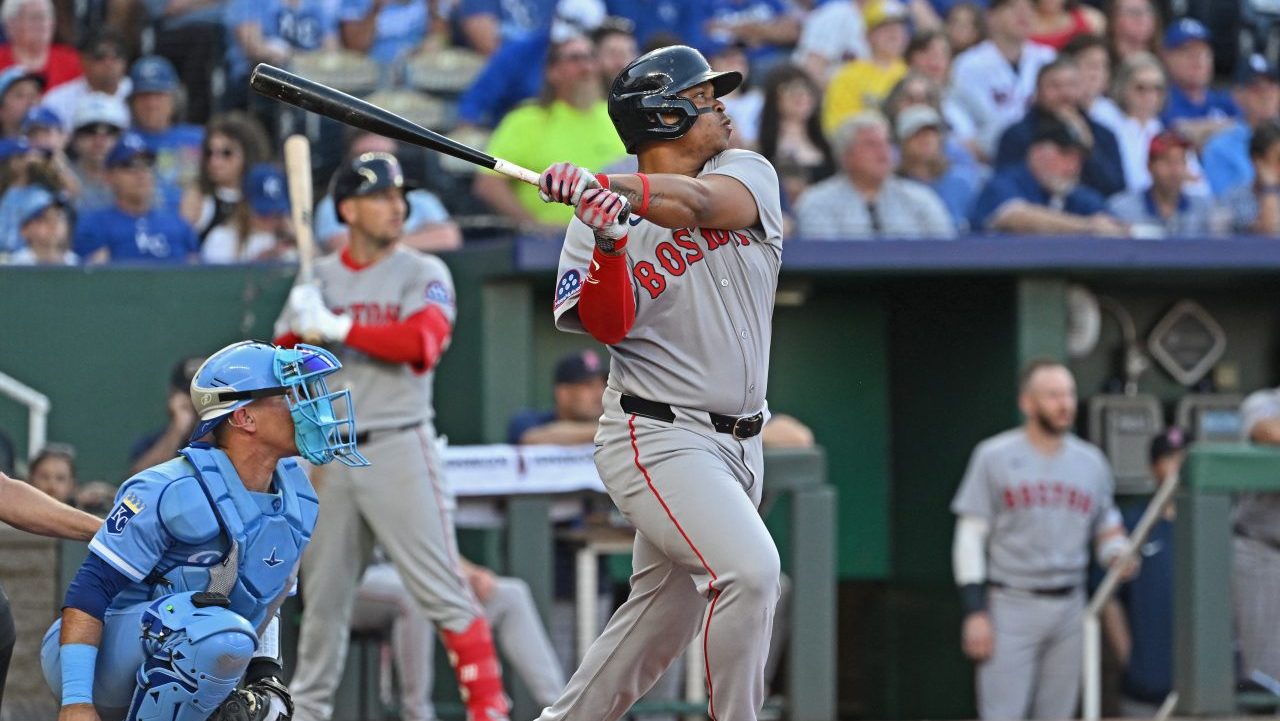John Tomase sits down to try to make sense of the MLB lockout and voices his concerns about the future of the league.
Only a handful of teams can afford All-Star shortstop Carlos Correa, and the Red Sox are one of them.
Even as baseball technically remains frozen, Chaim Bloom and his front office are undoubtedly gaming out how the market might unfold once a new CBA is reached, and the central figure is Correa.
The Red Sox wouldn't be doing their jobs if they didn't weigh the evidence on all sides. We've already made the case for signing Correa, so today let's look at the flip side and try to understand the case against him.
With our All Access Daily newsletter, stay in the game with the latest updates on your beloved Boston sports teams!
It's actually pretty strong, starting with the financial commitment. Signing Correa means earmarking at least 10 years and $300 million, and probably more, based on the 10-year, $325 million deal fellow shortstop Corey Seager signed with the Rangers before the lockout.
Tomase: 10 Red Sox spring storylines we should be talking about right now
The two players are remarkably similar, both 27 years old and standing in the 6-foot-4, 220-pound range, both with career highs of 26 homers, both with significant time missed to injury. Where Correa separates himself is defense. He just won his first Gold Glove and has consistently ranked among the league leaders in defensive runs saved. Seager hasn't been nearly as consistent.
That combination of offense and defense won't come cheap, and even a team with the resources of the Red Sox can only hand out so many $350 million contracts. If they sign Correa, they are almost certainly saying goodbye to franchise linchpin Xander Bogaerts, who not only plays the same position, but is widely expected to opt out of his contract this fall.
Boston Red Sox
Find the latest Boston Red Sox news, highlights, analysis and more with NBC Sports Boston.
It's easy to say that Correa is two years younger and a far better defender and therefore a better long-term investment, but Bogaerts' place in the franchise shouldn't be discounted. He's homegrown and a proven winner, and there's no reason to think he can't shift to second or third base while remaining an elite offensive talent. As good as Correa is with the bat, Bogaerts is clearly better.
Why lockout could hinder Red Sox pursuit of Carlos Correa
Bogaerts isn't the only shortstop the Red Sox need to consider, though. At the other end of the spectrum is farmhand Marcelo Mayer, the No. 4 overall pick in last year's draft and one of the top prospects in baseball.
Mayer arrived at minor league camp a solid 202 pounds, up from his draft weight of 190. Part of what made him such an intriguing prospect was a projectable frame, and the 6-foot-3 shortstop looks on his way to being a Correa-like physical specimen.
Mayer just turned 19 in December, so it's not like he's knocking on the door, but he could conceivably be ready in three or four years, at which point he'd be blocked by Correa for potentially half a decade.
That's such a far-off problem it shouldn't stop the Red Sox from improving in the here and now, but it's worth considering as they make long-range projections. Perhaps Correa will be ready to move off short by then, but maybe he won't. A case could be made that sticking with Bogaerts for three more years better fits Mayer's window while maintaining clubhouse continuity.
Of greater concern is Correa's injury history. Back issues bothered him throughout the 2018 season and his production suffered accordingly, dropping his average to .239. They cropped up again in 2019, helping limit him to only 75 games.
ESPN reported in December that teams are hesitant to make a long-term offer until they can see his medicals, with his lower back of particular concern. It goes without saying that durability must be a primary consideration of any 10-year deal, and that back injuries are especially troubling, since they can more easily turn debilitating than, say, a chronic hamstring strain -- especially for a big-bodied shortstop.
Correa's size is important. Only two shortstops standing at least 6-3 have played 100 games at the position in their 30s while compiling an OPS of at least .800 -- Hall of Famers Cal Ripken (3 times) and Derek Jeter (6). Troy Tulowitzki didn't do it. Tony Kubek didn't do it. By virtue of a position change, Alex Rodriguez didn't, either.
Even with shortstops like Fernando Tatis Jr., Seager, and Correa trending taller, we still don't know how they'll hold up in their 30s or if they'll stay on the position. Shoulder injuries have already forced Tatis at least temporarily into the outfield, and he's only 23.
It's fair to question Correa's potential longevity there, too, and if the Red Sox have any reason to doubt his ability to stay on the field, then they shouldn't make a megabucks offer.
Of course, that's the beauty of the hot stove season, even if baseball is presently ruining it -- compelling cases can be made for and against everyone, even players as talented as Correa.


